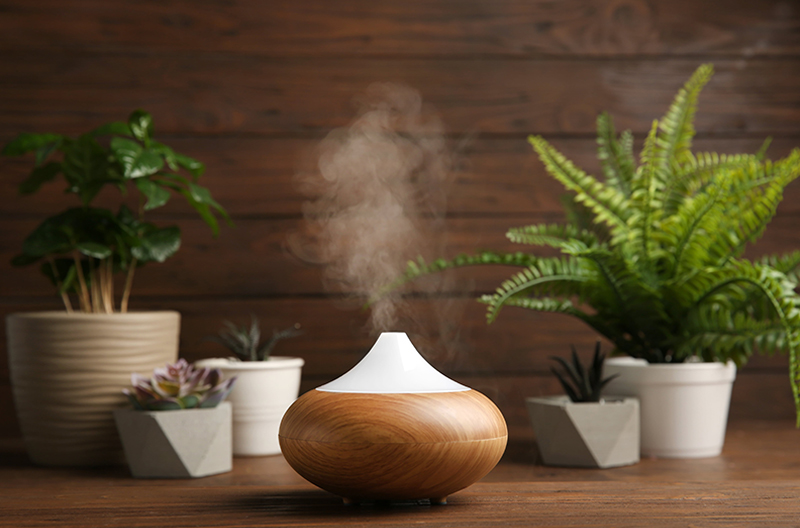Bergamot is a unique-smelling oil, with strong citrus and floral tones. It’s somewhat spicy as well! Bergamot essential oil diffuser recipes are a great way to fill your home with amazing aromas and health benefits. For example, it’s perfect to use in essential oil recipes designed to ease depression symptoms. Specifically, bergamot has been known to lift spirits and improve mood.[1]
With that said, here are some of our best bergamot essential oil diffuser recipes for you to try at home.
Bergamot Essential Oil Diffuser Recipes for Depression
No Summertime Sadness
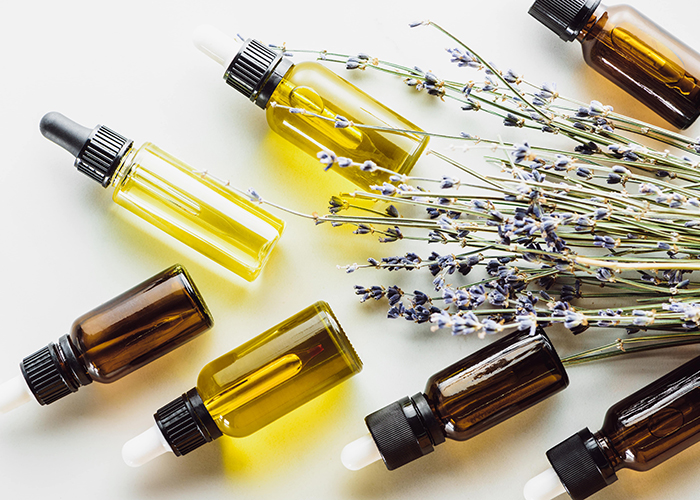
This is one of the best bergamot essential oil recipes because it’s full of cheerful citrus tones. This can help shift your mood and refocus your energy. Both bergamot and lavender essential oil can help ease depression symptoms.[2]’[3] Additionally, lemon essential oil can be used to improve mood and alertness.[4] Together, this trio is a winning diffuser blend you can use to start your day off right.
Prep Time: 5 mins | Equipment: Aromatherapy diffuser
Ingredients
- Water (according to diffuser directions)
- 2 parts bergamot essential oil
- 1 part lavender essential oil
- 1 part lemon essential oil
Instructions
- To start, add in the water to your essential oil diffuser.
- Next, drop in the appropriate amount of essential oils.
- Then, diffuse at your convenience. This blend is ideal in the morning to awaken your senses and begin your day on a positive note.
Peaceful Sleep
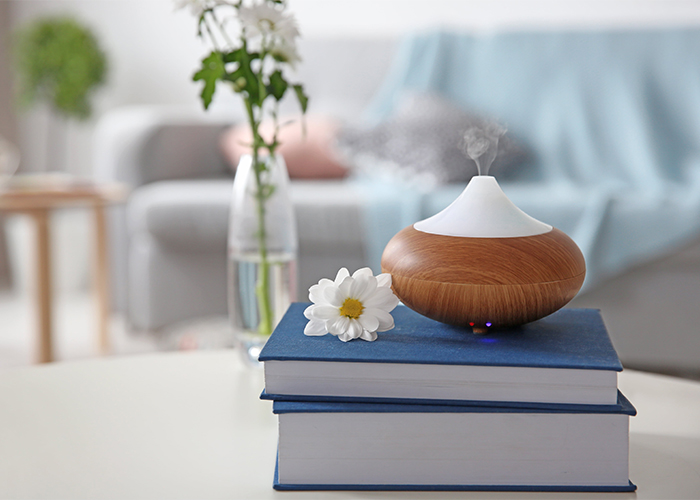
Getting to sleep when you have depression can be especially difficult. This blend can enable you to fall asleep faster, and stay asleep longer by helping to ease your negative, nagging thoughts. Chamomile can aid in getting you to sleep and release anxiety,[5] while the bergamot can promote the release of depressive thoughts.
Prep Time: 5 mins | Equipment: Aromatherapy diffuser
Ingredients
- Water (according to diffuser directions)
- 1 parts bergamot essential oil
- 1 part chamomile essential oil
Instructions
- First, add in the water to your essential oil diffuser.
- Then, add in your bergamot and chamomile essential oils.
- To use, start your diffuser before bed as you begin your nightly routine. If your diffuser automatically turns off, you can even fall asleep with it still running. This can help you to improve your entire night of sleep ahead.
Bergamot Essential Oil Diffuser Recipes for Home Freshening
Mid-Week Refresher
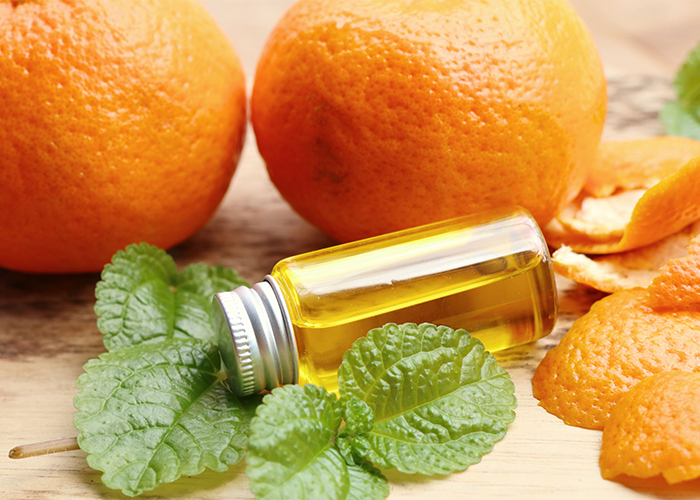
Keeping your home clean and fresh during the week often feels like something only Wonder Woman can do. Fortunately, you can get some help mid-week with this blend including bergamot. Basically, bergamot is helpful for absorbing unpleasant fragrances and replacing them with its own sweet, potent aroma.[6] Consider bergamot your superheroic sidekick!
Prep Time: 5 mins | Equipment: Aromatherapy diffuser
Ingredients
- Water (amount according to your diffusers directions)
- 3 parts bergamot essential oil
- 2 parts orange essential oil
- 1 part peppermint essential oil
Instructions
- Add water to your diffuser adhering to the diffuser’s measurements.
- Add in your essential oil blend and press start!
- In no time at all, your home will fill up with the aroma of fresh citrus splash and mint.
Bergamot Essential Oil Diffuser Recipes for Chronic Pain
Restful Relief
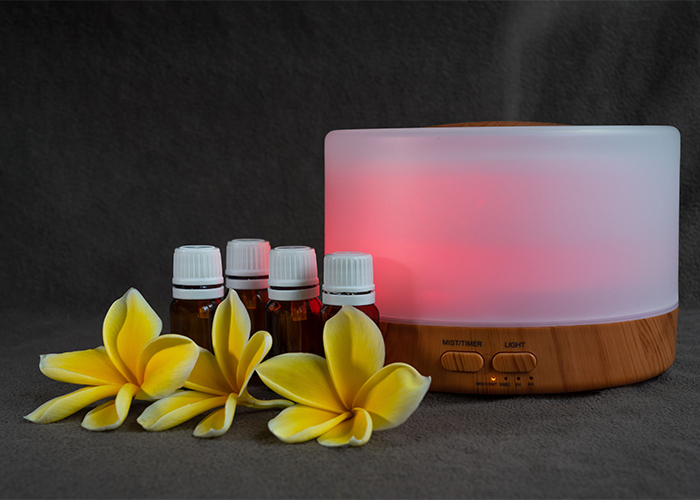
There are some studies supporting the idea that bergamot essential oil may have an effect on reducing mild chronic pain.[7] This is because it impacts your central nervous system, which can help you relax and possibly process the pain better. Use this blend as you rest or go about your day for some added support.
Prep Time: 5 mins | Equipment: Aromatherapy diffuser
Ingredients
- Water (amount according to your diffuser’s directions)
- 3 parts bergamot essential oil
- 1 part ylang ylang essential oil
Instructions
- Put the water into your diffuser and then add in the essential oil drops too.
- Stand by your diffuser as this blend starts to evaporate into the air for some quick healing support.
- Enjoy throughout the day as needed.
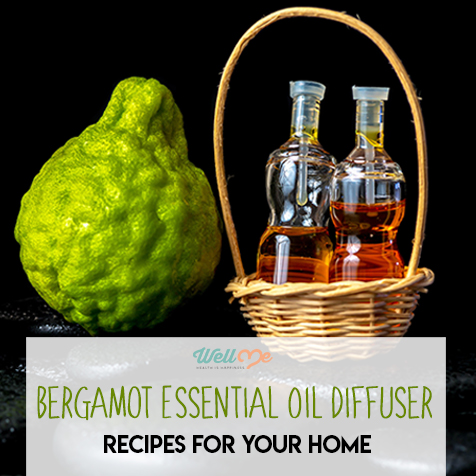
References
- [1] https://www.ncbi.nlm.nih.gov/pmc/articles/PMC5241490/
- [2] https://www.ncbi.nlm.nih.gov/pmc/articles/PMC6073409/
- [3] https://www.ncbi.nlm.nih.gov/pmc/articles/PMC5241490/
- [4] https://www.ncbi.nlm.nih.gov/pmc/articles/PMC2278291/
- [5] https://www.ncbi.nlm.nih.gov/pmc/articles/PMC3588400/
- [6] https://www.ncbi.nlm.nih.gov/pmc/articles/PMC4345801/
- [7] https://www.ncbi.nlm.nih.gov/pmc/articles/PMC4345801/

